Several months ago, I was asked to make some new banners that could be used during Holy Week. I normally start the process of making banners with some brainstorming. I look at the colors used during that liturgical season and then research any symbols that might be associated with it. Then I begin to sketch ideas.
This time the process was a bit different. I started by considering the color. Though at Savior we begin Holy Week in purple, we soon switch to red, as red is the appropriate color to use
This next step is where everything changed! Before I even began to think about images or to brainstorm, a fully formed design came to mind. I was given a design complete with color that symbolically depicted Jesus’ crucifixion on Calvary. The image was of three crosses. The middle panel of the banners had a larger cross representing Jesus on the cross and the two side panels had crosses representing where the two thieves hung. The side panel crosses were smaller in scale, only showing the outside crossbars. I was amazed and grateful to receive this image that was simple but so suited to Passion week.
This image is a simplified depiction of the Holy Week banners, showing the three panels with crosses.
The Baptismal Font cloth follows the focus on the crucifixion. The image on the cloth is called a “staurogram”. It is an ancient symbol used by early Christians when writing about the crucifixion or cross of Christ. The staurogram, a combination of the Greek letters tau and rho, looks like a human figure hanging on a cross. The symbol was used in many of the oldest manuscripts of the New Testament where the noun “cross” or the verb “crucify” ought to appear.
The image on the cloth is created out of beads to symbolize the light of Christ – “a light for revelation to the Gentiles, and the glory of your people Israel” Luke 2:32
Much more can be said about the “staurogram” symbol. For those that would like to dive deeper, here are two reference articles to explore - The First Image of Christ on the Cross and The Staurogram.
This photograph is a real image of the Baptismal Cloth. Look at the beautiful handcrafted beading that displays the Staurogram cross image!








